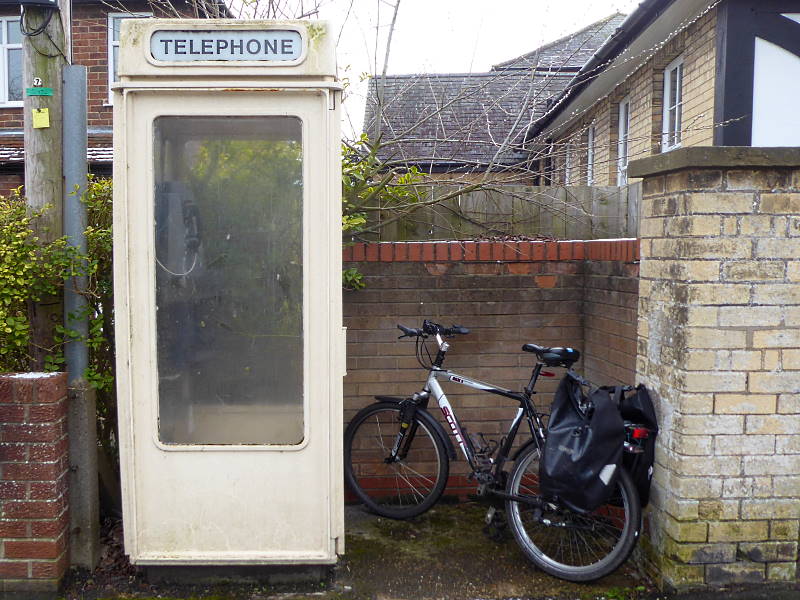You know you’re getting old when the Grade II listed buildings are younger than you. And if, like me, you grew up in the East Riding – that flat, quiet, forgotten third of Yorkshire – then you might now be feeling geriatric.
Because this very month, nine K8 phone boxes in and around Hull were Grade II Listed, thus ensuring that future generations can wonder why all those folk in the 20th century needed a kiosk to use their mobile phone, and couldn’t just do it loudly in public like modern people.
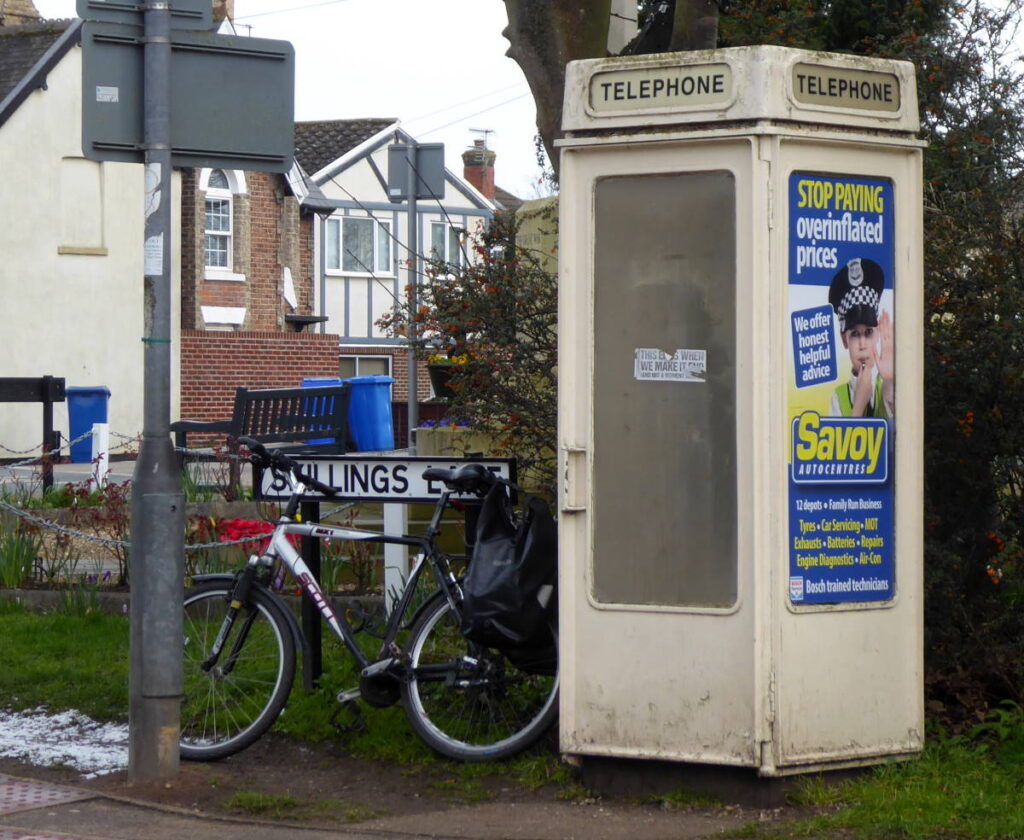
The K8s were minimalist products of the 1960s, designed as easier to maintain than the familiar, multi-panelled K6. (K7 never made it beyond prototype stage; Wikipedia catalogues the various K types.)
However, the advent of mobile phones and BT privatisation has seen almost all the K8s decommissioned. Only fifty working examples remain. And most of them are in the East Riding, thanks to two reasons. One, the historic licensing anomaly of Hull, uniquely in Britain, running its own phone network. Two, the East Riding is very quiet and not much happens; they’d probably just forgotten about them.
Yorkshire has many quirky phone boxes, and I’ve listed ten remarkable examples that I’ve come across on my bike trips elsewhere on this site. I’m clearly not the only person fascinated by kiosks that provide publicly accessible communication via ground-based cable systems: the splendid people over at the K6 project are visiting every single K6 box in the land, never mind K8s.
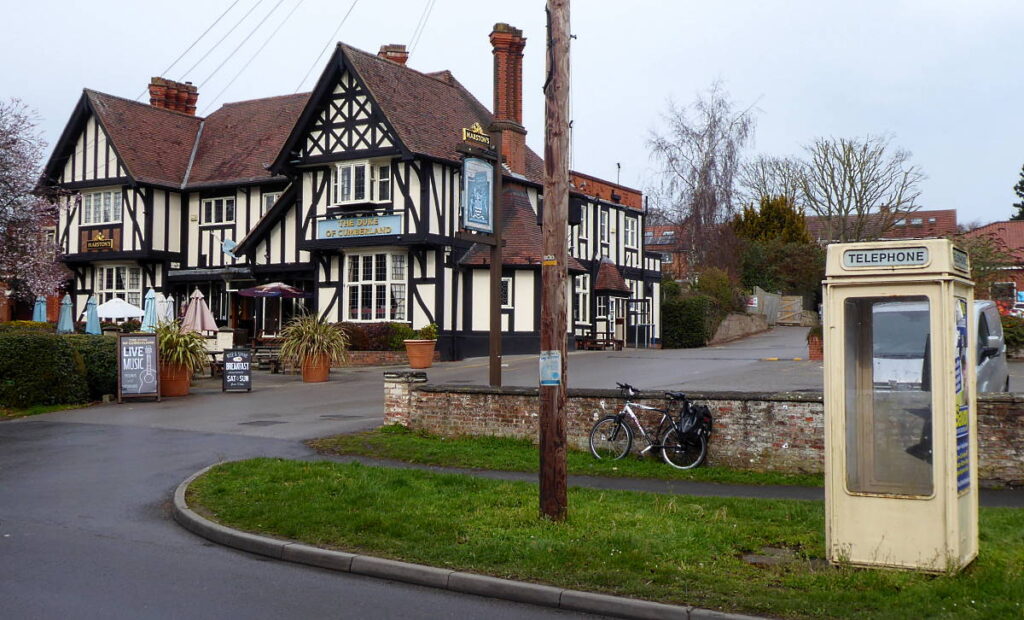
Historic England lists the nine historic K8 phone boxes. Four are in Hull, two in villages east of the city. The other three are very familiar to me: in Ferriby, where I grew up; in Brough, the town next door; and in Swanland, the village with a pond up the hill that was too posh to have a pub.
I must have used them a few times in the past, perhaps telling my mum I’d be late for tea because I’d had a puncture. And today, in one short ride, I revisited those three.
The clean cream appearance of all three – a relic of Hull’s own-brand, non-red phone system – is slightly compromised in two by garish adverts for a local car repair company, but they still make a bold and positive addition to the streetscape.
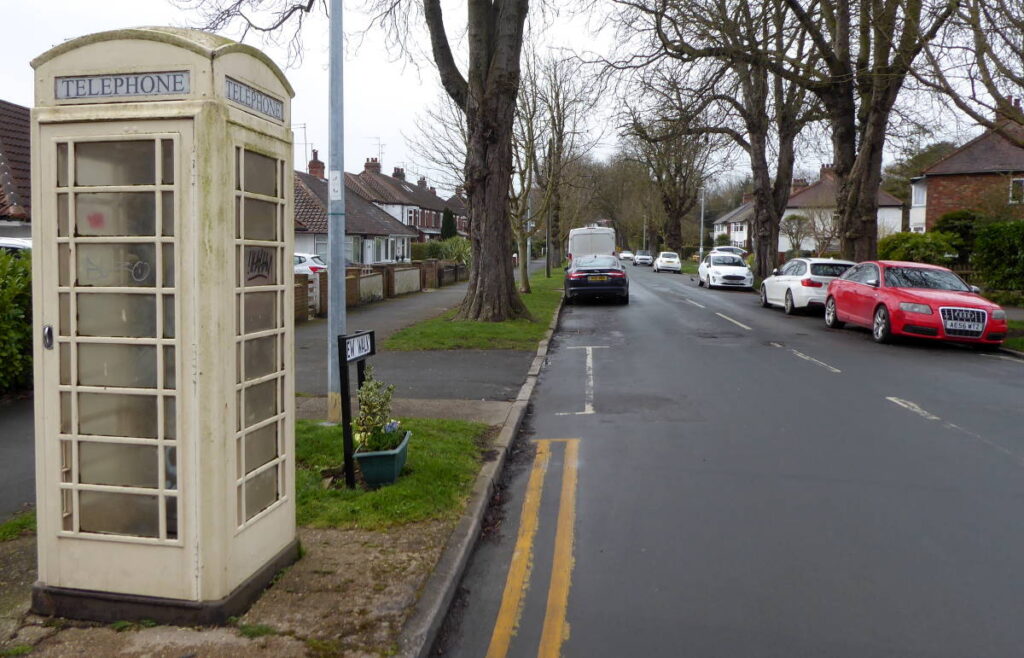
Brough’s box is emergency calls only, but the other two have regular phones. You can speak to the world here, starting from 50p a call, confident that you cannot be found out or traced even if the police find your burner phone. I think I used this one to call home for help when a train from the nearby station was cancelled, which of course doesn’t narrow the date down.
Ferriby’s K8 stands by the bus shelter, in front of the Co-op and Duke of Cumberland pub. I worked at the Duke in 1979. My dozy co-bartender Harriet couldn’t add up, kept getting orders wrong, and had to ask me to change barrels for her. But because it was the days of sexist patriarchy and oppression, she got all the tips.
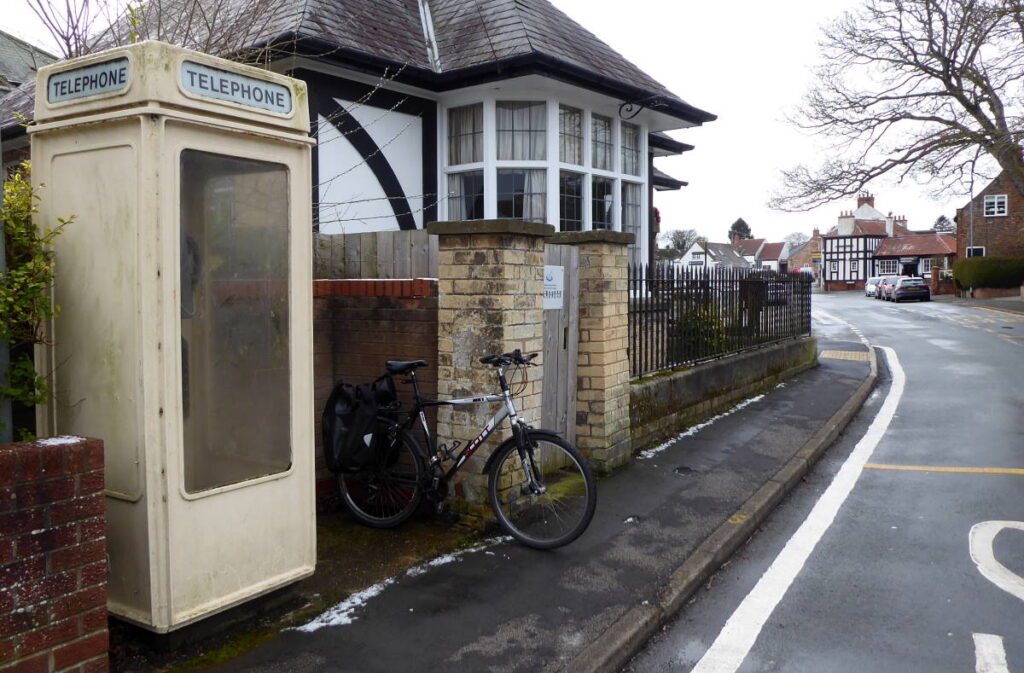
I used this very box to complain about the fact to my girlfriend of the time. She recommended that if I was so cross about it, I should wear a low-cut dress and a long blonde wig. And she’d gladly help me if I wanted. I realised she was serious, and said that was weird and I wasn’t having anything to do with it. I mean, with my colouring? It would be an auburn wig, or at least a black one.
Quite a relationship, that one.
Ferriby also has a surviving, and working, K6 in the village centre by the church where I was once a choirboy. (And I mean once.) I used to call from here to follow Hull City’s away matches: the football score service was one of the perks of having your own locally-owned phone system. Though in the 1970s you could usually guess the score anyway, and it usually ended up ‘…Hull City, nil’.
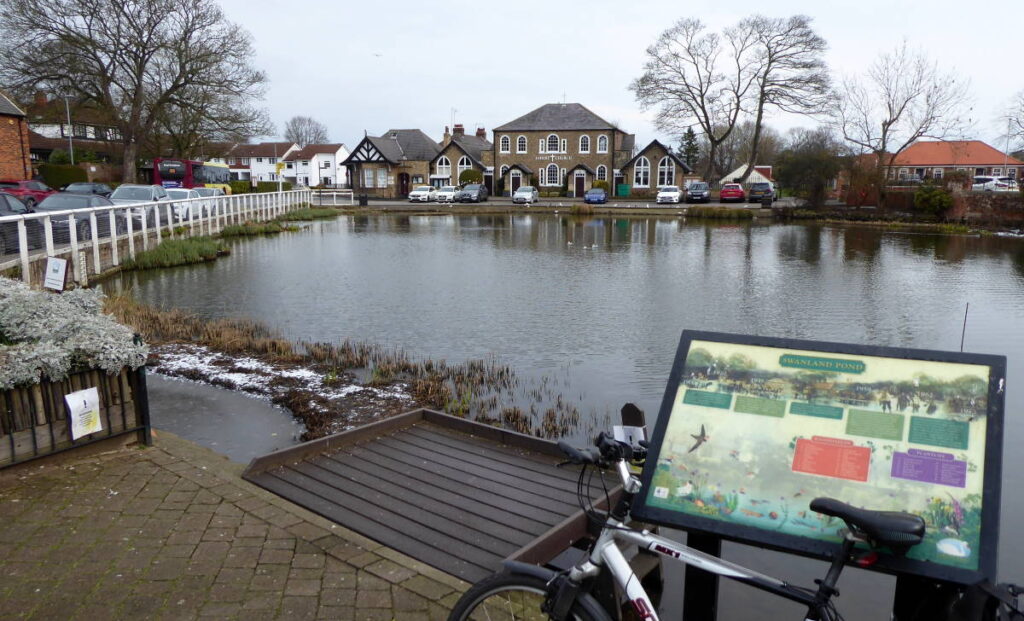
But it’s Swanland that has the best K8 of the three, perhaps of all the nine newly listed ones. First, it’s in a pleasant village that wouldn’t look out of place in the Home Counties, albeit with property prices that are not ludicrously unaffordable, merely unaffordable. Second, it’s opposite the pub – yes, eventually even Swanland caved in and got a licensed premises. Third, it’s in decent nick, unmolested by cheap ads for car exhausts. Fourth, it has its own micro-courtyard, just big enough to lean your bike.
Worth 50p of anyone’s money to phone their mum, as I did today, to tell her I’ll be there in ten minutes, so put the chips on.
And there’s still the pond. Sadly the swans deserted Swanland a few years ago. And while the water feature still has ornithological activity, renaming the village to the more accurate ‘Duckland’ or ‘Mallardville’ would be the wrong kind of evocative.
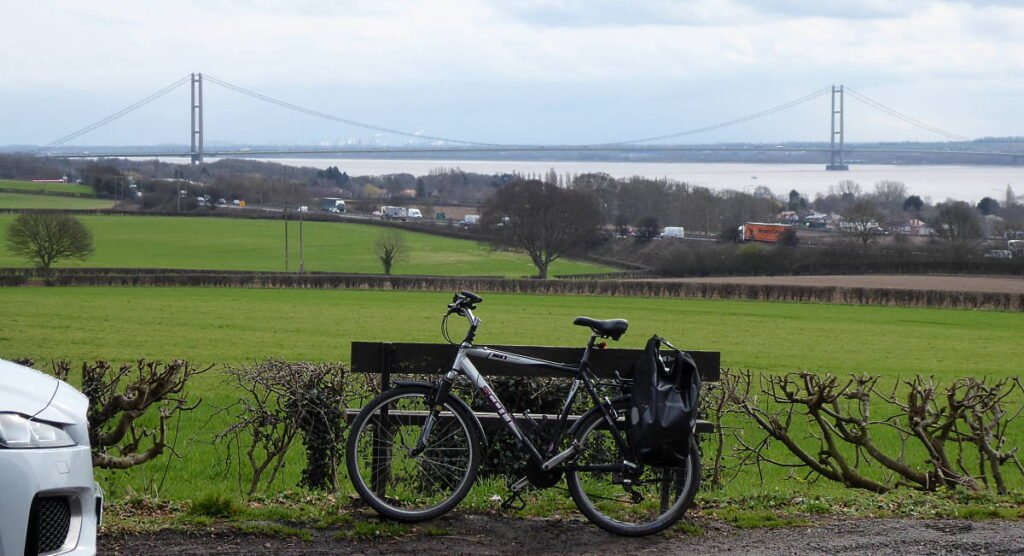
Swanland, being on the foothills of the mighty Wolds (‘mighty’ being sarcastic, of course), offers long-range views to the south over the Humber estuary’s murky giant puddle. To the southeast is the Humber Bridge; this is one of the best views of the imposing 1970s crossing, still the second-longest single-span bridge in the world you can cycle over.
And to the south, one of the defining sights of my childhood: the cement factory over at South Ferriby, across the waters in that mystic far-off land we’d never been to, called Lincolnshire.
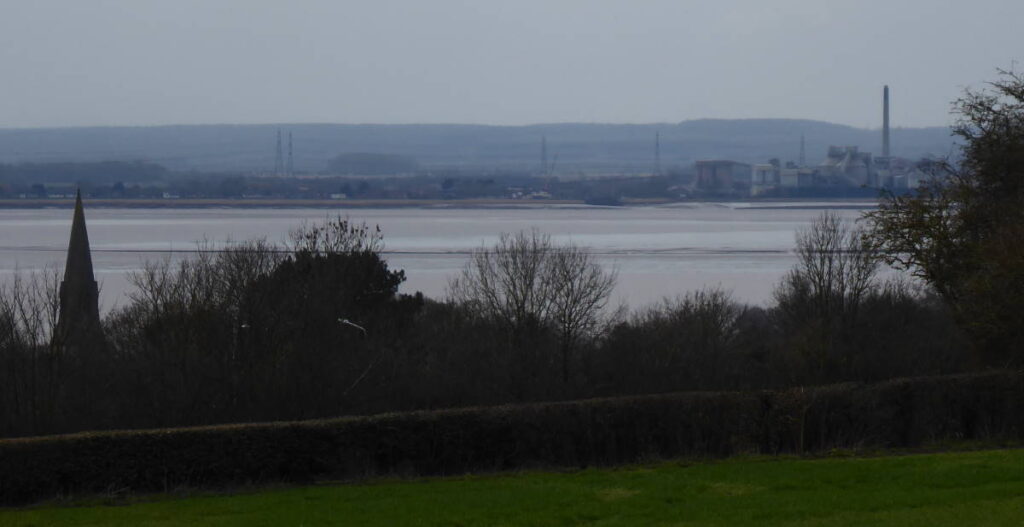
It had been a nice little ride on a chilly, sleety day, and I reconnected with many memories from my pre-teen and teenage years.
Fortunately I soon got over them.
